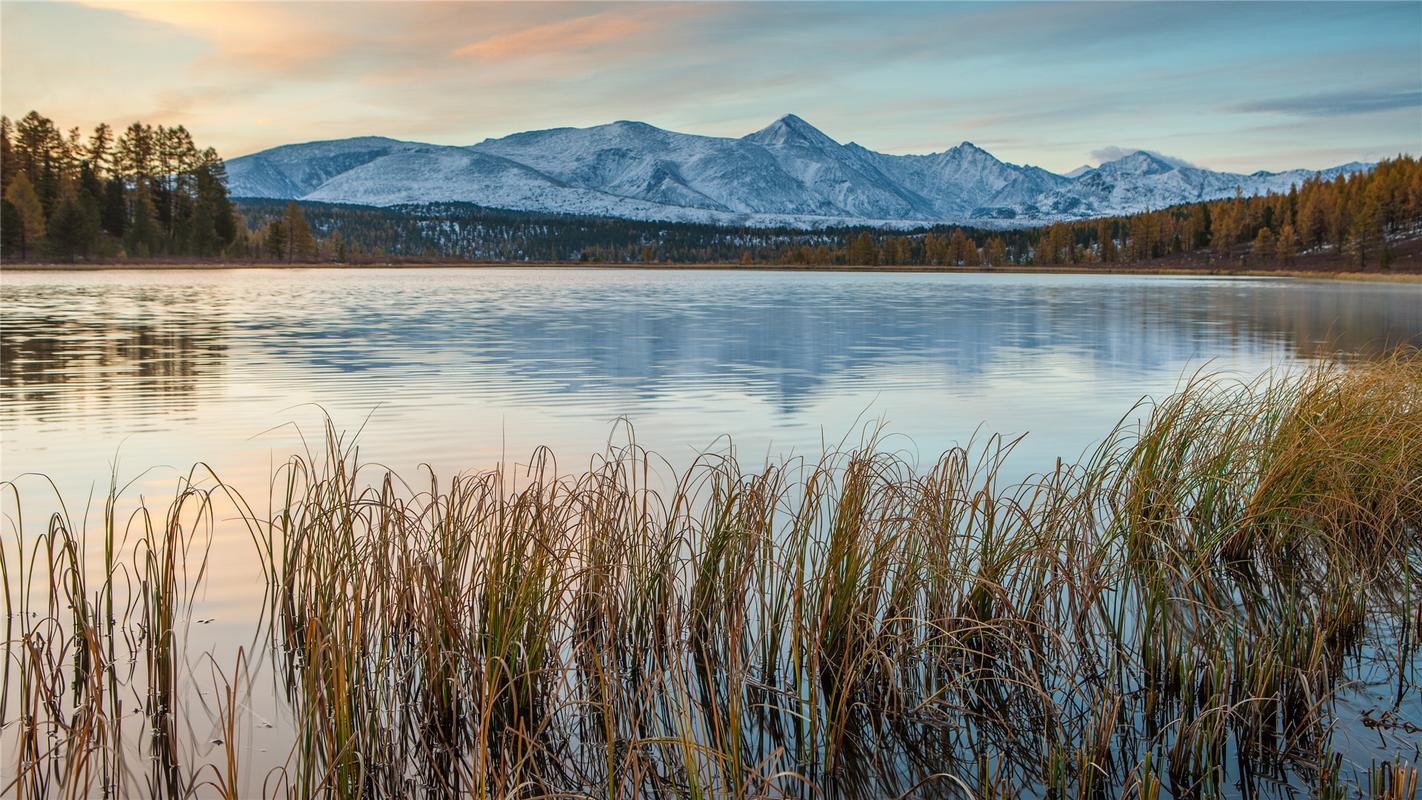Preserving Our Cultural Heritage in the Face of Climate Change: Challenges and Solutions
Climate change is not only affecting the environment but also our cultural heritage. The historic monuments, artifacts, and landscapes that have been preserved for centuries are now facing new threats due to the changing climate. In this article, we’ll explore the various challenges and solutions for preserving our cultural heritage in the face of climate change.
Challenges
One of the primary challenges faced by cultural heritage sites is the increased risk of flooding. Coastal monuments and archeological sites are at risk due to rising sea levels, causing erosion and loss of historical artifacts. Inland regions are not immune either; heavy rainfall, flash floods, and mudslides can cause significant damage.
Another critical challenge is the impact of extreme weather events such as heatwaves, storms, and wildfires. Materials used in the construction of historical buildings and monuments are vulnerable to the effects of high temperatures, intense rainfall, and strong winds. Additionally, many cultural heritage sites are situated in regions that are at higher risk of wildfires, posing a significant threat to these sites.
Finally, the rise of sea levels and increased temperatures has led to the migration of pests and insects to new regions. These pests pose a new challenge to the preservation of cultural sites as they can cause damage to the materials and structures of monuments and historic sites.
Solutions
Preserving our cultural heritage requires a multidisciplinary approach. Several solutions can help protect these sites from the effects of climate change.
One solution is to adapt traditional building materials and techniques to suit modern climate challenges. For example, traditional architecture often has thick walls and small windows, keeping the interior cool in hot climates. Other adaptations include using materials that are more resistant to damage from inclement weather, floods, and pests.
Another approach is to employ technology to monitor and manage climate risks. State-of-the-art sensors and remote monitoring systems can detect changes in temperature, humidity, and other conditions that can lead to damage to cultural heritage sites. This technology enables the implementation of preventative measures before significant damage occurs.
Moreover, governments and heritage organizations worldwide are adopting policies to support the preservation of sites of cultural significance. The United Nations World Heritage Convention, for example, has a dedicated task force examining conservation strategies for cultural heritage threatened by climate change.
Conclusion
Climate change remains a challenge of global proportions, and cultural heritage sites are at significant risk. However, a multidisciplinary approach and a combination of adaptability, innovative technologies, and proactive policies can help mitigate those risks. It’s imperative that we take swift action to preserve these links to our cultural past for generations to come.
(Note: Do you have knowledge or insights to share? Unlock new opportunities and expand your reach by joining our authors team. Click Registration to join us and share your expertise with our readers.)
Speech tips:
Please note that any statements involving politics will not be approved.
